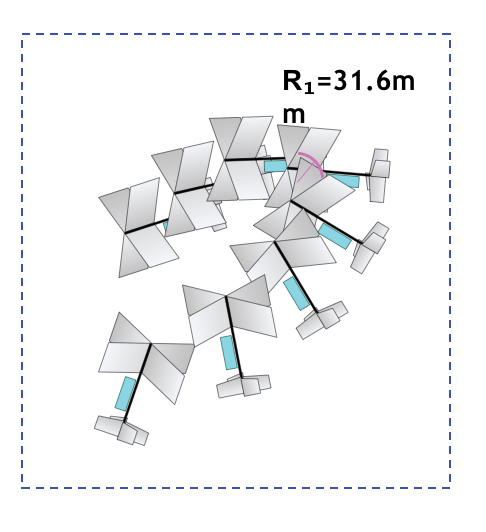Drawing inspiration from the natural world, a group of engineers has created a drone with flapping wings that can do things its traditional counterparts can’t.
A computer engineer from the University of South Australia is part of a group of roboticists who have created a robotic bird drone.
They have achieved this, they say, by reverse engineering the aerodynamics and biomechanics of swifts and hummingbirds.
Professor Javaan Chahl MIEAust of the Defence Science and Technology Group is Joint Chair of Sensor Systems, University of South Australia. He worked on the project with experts from Singapore, China and Taiwan, and said that the new four-winged drone combines the qualities of existing, fixed-wing and propeller unmanned aerial vehicles.
He believes, however, that the new design can outperform and outmanoeuvre both.
“Fixed-wing drones can do long-range missions but have problems with how to land. It’s possible to get around this, but doing so usually restricts the mission,” Chahl said.
“Propeller drones don’t have enough power to do a full spectrum of missions.”
The new drones are ornithopters: drones that have flapping wings. In nature, flapping wings are efficient, enabling animals to move with agility, and Chahl explains that his drone will also be able to make stable transitions between aggressive flight modes like diving and gentle and efficient landing.
He added that, unlike existing ornithopters, which can fly forward and backward and glide, the new technology is designed to hover and climb vertically.
Its two pairs of wings meet like hands clapping, providing extra thrust to lift the drone when hovering.
“We improved efficiency by tuning the wing hinge to store and recover the energy of the moving wing when the wings change direction, like a spring,” he said.
“We also discovered that most of the energy loss happened because the gears flexed under the load of driving the wing. We resolved this with minute bearings and by rearranging shafts in the transmission to keep the gears spaced correctly.”

The large tail, Chahl said, comprises a rudder and elevator, creating a lot of turning force that allows aggressive aerobatic manoeuvres and lets the drone switch quickly from horizontal flight to vertical flight.
Chahl believes that the new drones will be useful because they can take off and land in tight spaces, save energy by hovering, and fly longer distances.
“This makes them more capable of complex missions,” he said, listing delivery of first aid equipment, chasing birds away from airports and pollinating indoor vertical greenhouses without damaging dense vegetation as potential uses.
The researchers believe the new drone is ideal for use in cluttered urban environments, and could also perform tasks such as control, traffic monitoring and information gathering.
Covert surveillance might be another potential use, as the drone is comparatively quiet, but Chahl and his colleagues insist that they haven’t designed their drone with military use in mind.
For now, the new drone is still at prototype stage and Chahl said that work still needs to be done to make it more resilient.
“The flapping mechanism tends to be fragile, if it collides with something it will break,” he said.
“This is not the case with the wings of butterflies and birds. The tiny gears and motors inside the drone can be damaged [and] reduce the amount of wear.”

Chahl added that a PhD student is currently looking at developing actuators that are more like muscles, so instead of spinning they oscillate — like a wing beat movement.
Birds and insects have multiple sets of muscles that enable them to fly fast, fold their wings, twist and save energy. The researchers hope to replicate more of this potential.
Chahl won’t set a timeframe for when the finished bird drone will be available.
“Different methods have to be carefully considered and tried before you commit to a particular approach,” he said.
Catching up to nature
The bird-inspired drone designed by Chahl’s team is impressive work. But their technology is a long way behind biological flight, said National University of Singapore research scientist Dr Yao-Wei Chin, who led the research.
“Although ornithopters are the closest to biological flight with their flapping wing propulsion, birds and insects have multiple sets of muscles which enable them to fly incredibly fast, fold their wings, twist, open feather slots and save energy,” he said.
“Their wing agility allows them to turn their body in mid-air while still flapping at different speeds and angles.”
The team’s ornithopter, which has a fuselage length of 200 mm and weighs 26 g, replicates about 10 per cent of biological flight, Chin said.
“Common swifts can cruise at a maximum speed of 31 metres a second, equivalent to 112 km per hour.”




Very interesting.